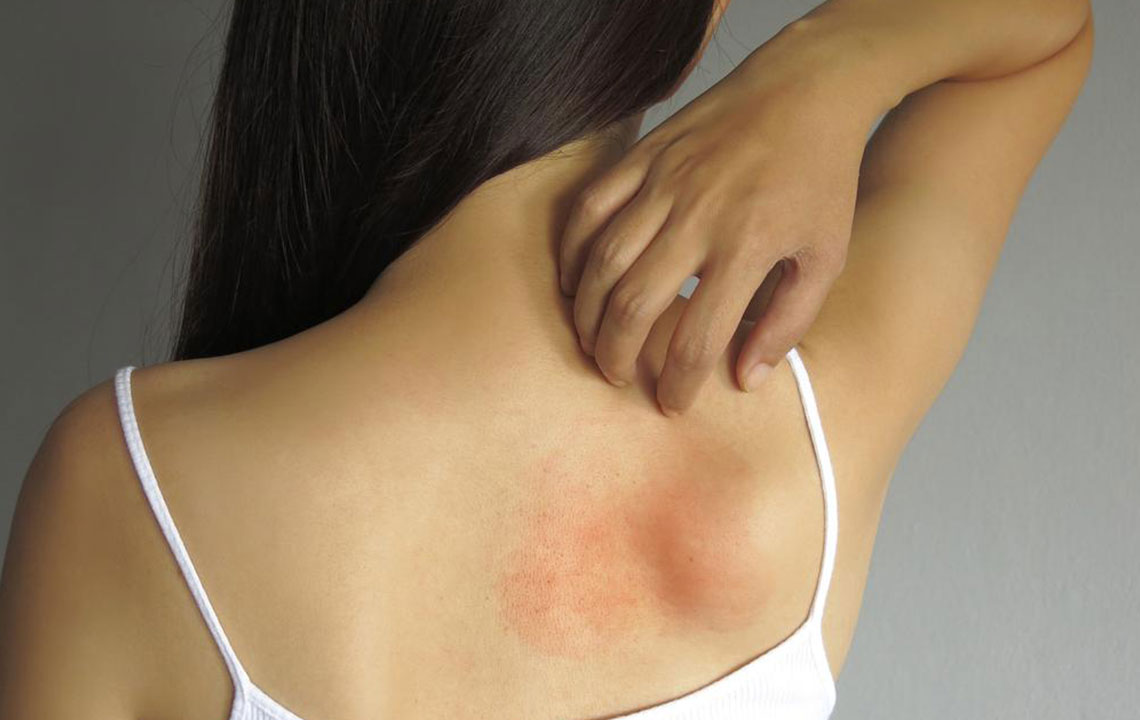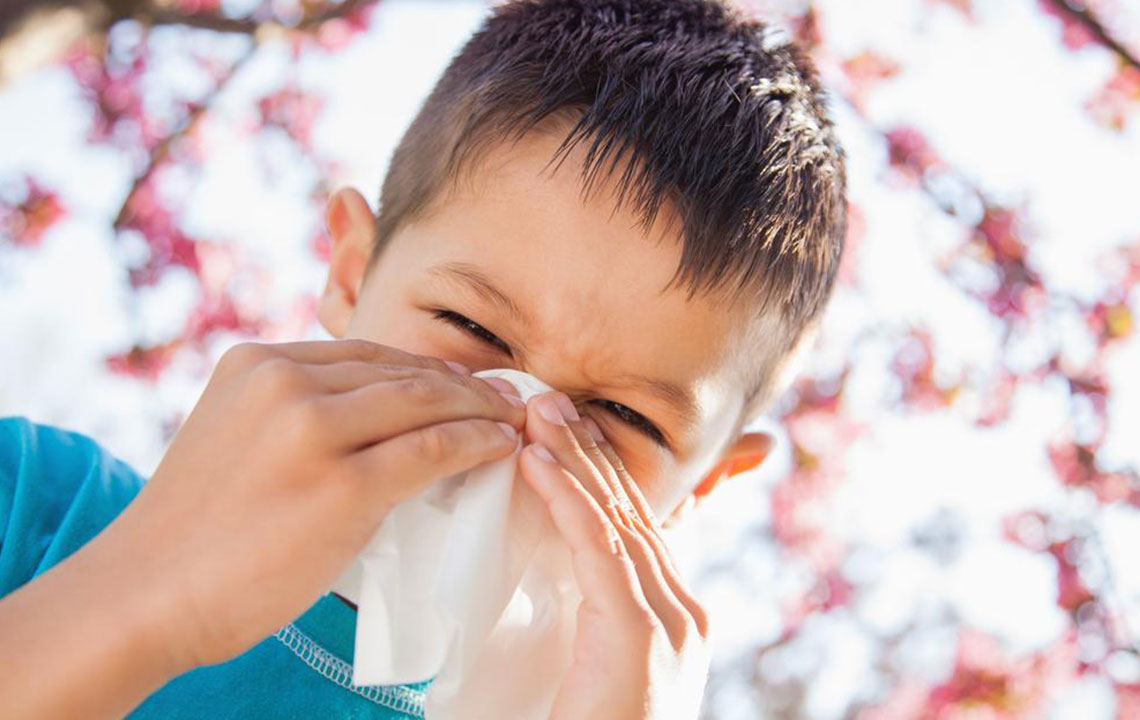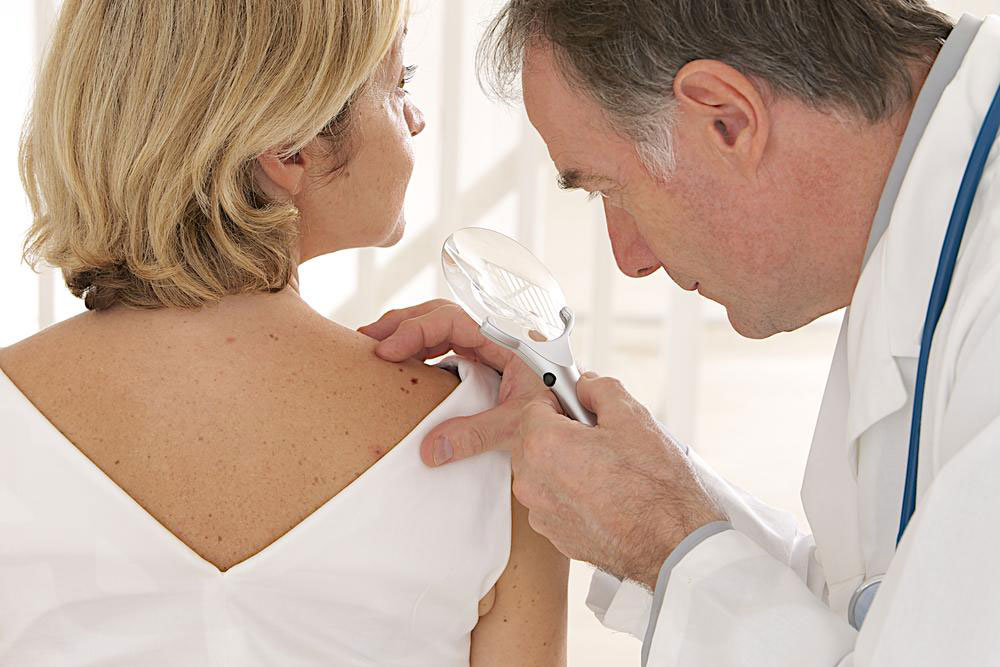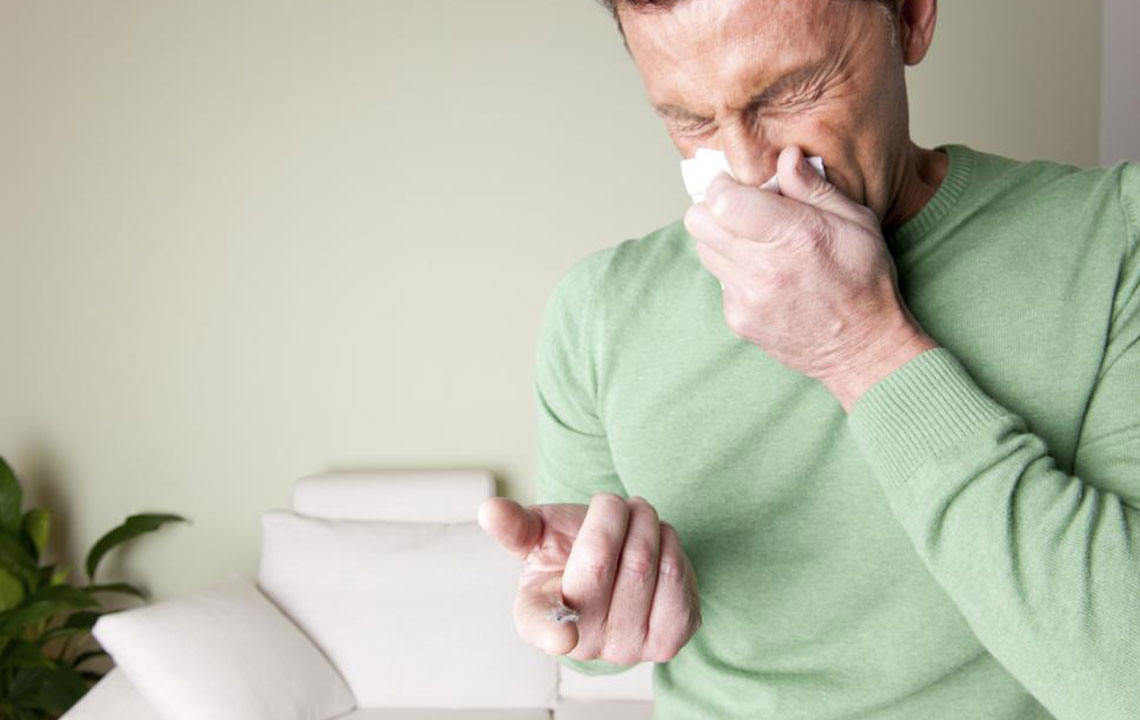Effective Strategies for Managing Mold-Related Health Issues
Learn effective methods to handle mold exposure symptoms and reduce health risks. The article covers common molds, their growth environments, health effects, and prevention tips for homes and workplaces. Staying informed helps prevent mold-related illnesses and promotes safer living spaces.

Effective Strategies for Managing Mold-Related Health Issues
Mold, a type of fungus that forms filaments, can grow indoors year-round. Common indoor molds include:
Cladosporium
Penicillium
Alternaria
Aspergillus
Stachybotrys chartarum
The latter, known as black mold, appears greenish-black and thrives on cellulose-rich materials like wood, paper, and dust. Molds reproduce via spores that float through the air, often invisible. These spores can persist in dry conditions and spread through wind when moisture is present.
Molds contribute to environmental processes such as decomposing leaves and compost materials in outdoor settings, especially in damp, dark spaces.
Indoor mold growth is favored by conditions including:
High moisture
Warm temperatures
Humid environments
Living with mold can impact health and damage surfaces. Typically found in bathrooms, basements, drywall, ceiling tiles, carpets, furniture, ductwork, roofing, and wallpapers, molds enter homes via open windows, doors, vents, pet contact, shoes, foodstuffs, and on indoor plants.
Not all molds pose health risks. Some molds are beneficial, such as those used in cheese production (e.g., Brie, Gorgonzola, Stilton), which are safe for consumption.
Health Concerns Linked to Mold Exposure
Allergic reactions
Mycotoxin production in some cases
While not all molds produce toxins, allergy symptoms are common. Reactions can occur immediately or after exposure. Typical symptoms include:
Runny nose
Congestion
Watery eyes
Sneezing
Skin rashes
Itchy or red eyes
Mold exposure can trigger asthma attacks in sensitive individuals. Even non-allergic persons might experience eye or skin irritation and coughing. Severe symptoms could include fever, breathing difficulties, or lung infections, especially in those with chronic lung conditions or weakened immunity.
Other Health Conditions Related to Mold
Hypersensitivity Pneumonitis: Lung inflammation caused by mold spores, often in dusty work environments.
Allergic Bronchopulmonary Aspergillosis: Lung reactions affecting individuals with asthma or cystic fibrosis.
Allergic Fungal Sinusitis: Inflammation of the sinuses caused by mold exposure.
Managing Mold-Induced Health Issues
Appropriate treatment aligns with managing allergy symptoms, often involving antifungal medications and therapies to improve respiratory function. For asthma sufferers, treatment depends on symptom severity. Those with weakened immune systems are more prone to persistent or severe reactions.
Antifungal drugs
Respiratory support therapies
Prevention focuses on reducing exposure—especially for those at high risk. Key factors increasing susceptibility include a family history of allergies, occupational exposure (farming, gardening, greenhouses), high indoor humidity exceeding 50%, moisture leaks, and poor ventilation in homes.
To prevent mold growth, control indoor moisture levels by promptly fixing leaks, drying water-affected areas within 24–48 hours, using dehumidifiers, ensuring good ventilation, and applying mold-resistant paints.










